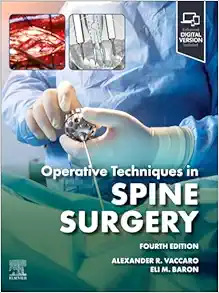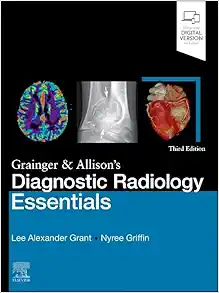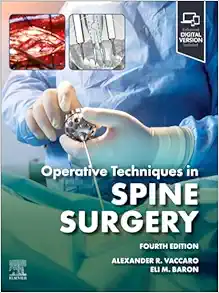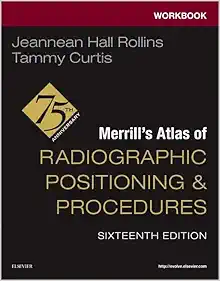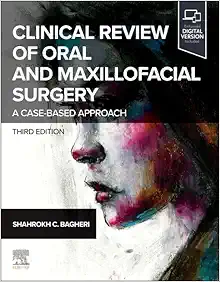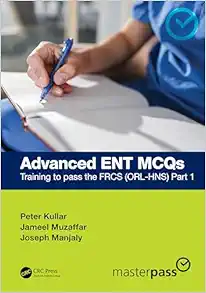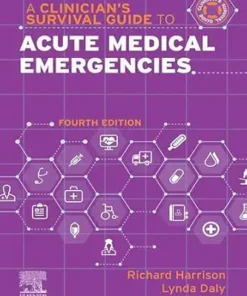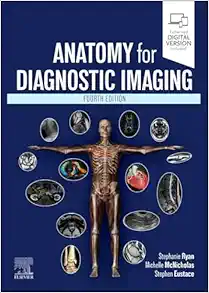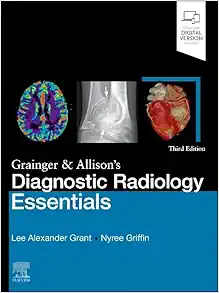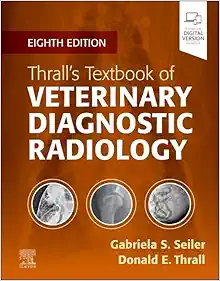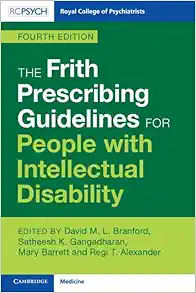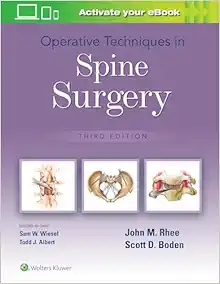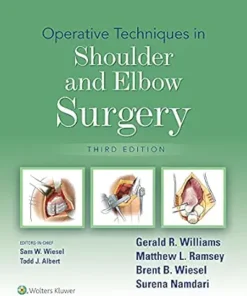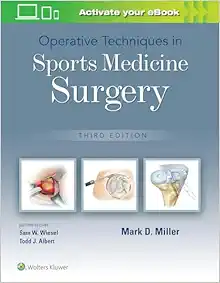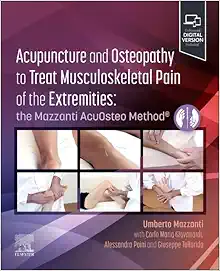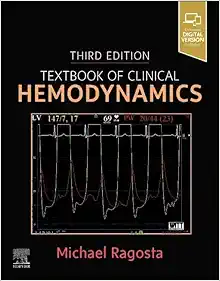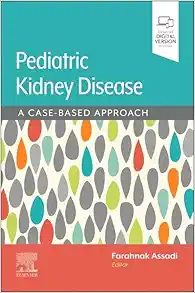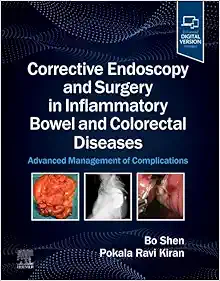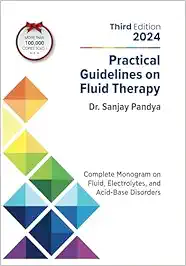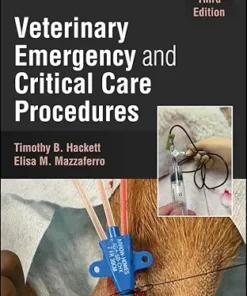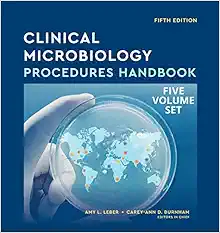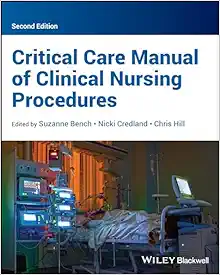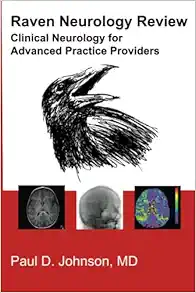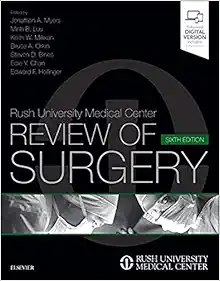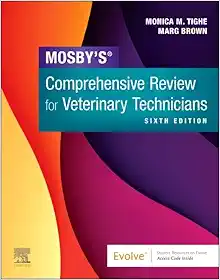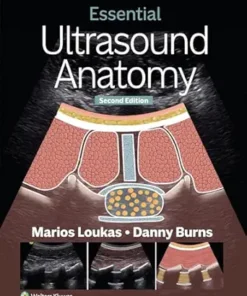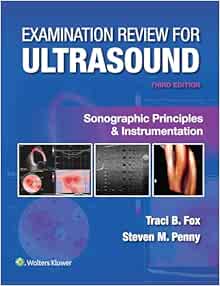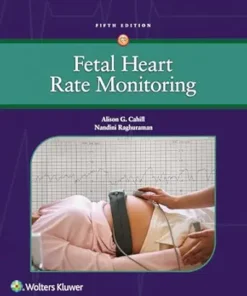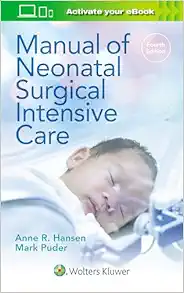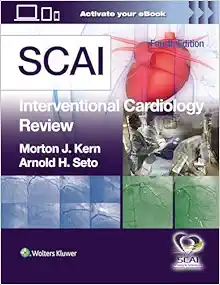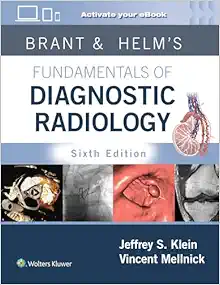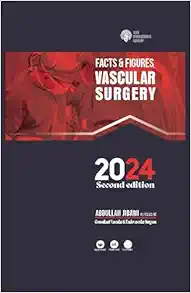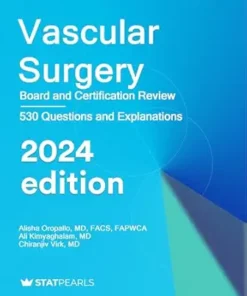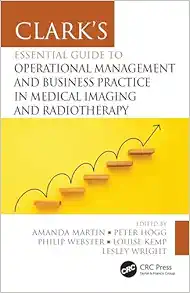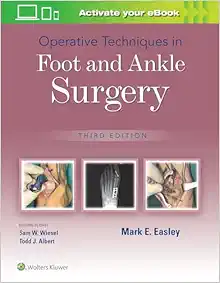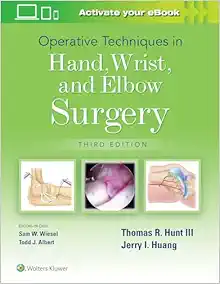Complications in Vascular and Endovascular Surgery: How to avoid them and how to get out of trouble (EPUB Book)
5 $
Format : EPUB
File Size : 39.8 MB
“Complications in Vascular and Endovascular Surgery” is a comprehensive resource written by experienced specialists to help clinicians minimize the risk of complications in vascular procedures. It provides practical insights and actionable advice on avoiding and managing complications. The book covers a wide range of topics and is suitable for professionals at all levels. It is highly recommended for its in-depth analysis, practical advice, and comprehensive coverage of vascular and endovascular surgical complications. The book is published by TFM Publishing Ltd and is available in English. Its ISBNs are 9781903378809 and 9781908986801.
Complications in Vascular and Endovascular Surgery: How to avoid them and how to get out of trouble (EPUB Book)
Introduction to Vascular and Endovascular Surgery Complications
Vascular and endovascular surgery are complex procedures that carry the risk of various complications. Complications can range from minor issues, such as wound infections and minor bleeding, to more severe complications, such as stroke, limb loss, and even death . Common complications include distal embolization, nerve damage, lymphocele, and infection . The risk of complications increases with longer operative times, emphasizing the importance of efficient and effective surgical techniques . It is crucial for surgeons to be aware of potential complications and to take steps to prevent them.
Preventing complications is an essential aspect of vascular and endovascular surgery. Strategies to prevent complications include careful patient selection, meticulous surgical technique, and appropriate postoperative care. Achieving satisfactory wound coverage is also important to prevent deep infections and sepsis . Initiatives that target the most important complications, such as venous thromboembolism and urinary tract infections, can also be implemented to reduce the risk of complications . By taking these measures, surgeons can minimize the risk of complications and improve patient outcomes.
Being prepared for complications is just as crucial as preventing them. Surgeons should have a thorough understanding of potential complications and have a plan in place to manage any complications that may arise. This includes having the necessary equipment and personnel available to manage emergencies . Additionally, surgeons should be familiar with the latest techniques and technologies available to manage complications. By being prepared for potential complications, surgeons can act quickly and effectively to minimize the impact of any complications that may occur.
Prevention of Vascular and Endovascular Surgery Complications
Preventing complications in vascular and endovascular surgery begins with preoperative assessment and planning. Clinicians must take into account the patient’s medical history, medications, and comorbidities to identify potential risk factors for complications . Proper patient selection is also crucial in reducing the risk of complications. Patients undergoing major vascular surgery have an increased risk of perioperative major adverse cardiovascular events . Therefore, clinicians must carefully evaluate patients to determine their suitability for surgery and consider alternative treatment options when appropriate. Proper technique and equipment are also essential in preventing complications. Vascular complications, such as bleeding from aortic graft anastomoses and lower extremity ischemia, can occur if proper technique is not followed . The use of appropriate equipment and technology can help minimize the risk of complications and improve patient outcomes .
In addition to preoperative assessment and planning, clinicians must also take steps to prevent complications during and after surgery. Elective endovascular repair has been found to be associated with lower immediate postoperative mortality and morbidity than open repair in people . Furthermore, percutaneous coronary intervention complications can have significant impacts on patient survival and healthcare costs, making it important for clinicians to take proactive measures to prevent complications . Prolonged operation time has also been associated with an increased risk of patient complications across surgical specialties and procedures . Therefore, clinicians must remain vigilant during surgery to minimize the risk of complications and take prompt action if any complications arise.
Finally, proper postoperative care is essential in preventing complications and ensuring optimal patient outcomes. Conduit-related complications, such as acute thrombosis and bleeding, can occur in the immediate postoperative period . Therefore, clinicians must closely monitor patients during the recovery period and take appropriate measures to prevent and manage complications. Endovascular options have allowed for safe and effective management of blunt thoracic aortic injury, which can be fatal if not diagnosed and treated expeditiously . By following proper preoperative assessment and planning, taking proactive measures to prevent complications during and after surgery, and providing appropriate postoperative care, clinicians can help reduce the risk of complications in vascular and endovascular surgery.
Management of Vascular and Endovascular Surgery Complications
Complications in vascular and endovascular surgery can be serious and potentially life-threatening. Early recognition and diagnosis of these complications are crucial for improving clinical outcomes . Common complications associated with endovascular and open repair of abdominal aortic aneurysms include postoperative infections, sepsis, amputation, and multiple revisions of previous vascular surgery . Additionally, patients undergoing neuroendovascular procedures may experience complications such as access site complications and crossover complications . Therefore, it is essential to have a thorough understanding of the potential complications associated with vascular and endovascular surgery and to be vigilant in monitoring patients for any signs of complications.
Immediate management of complications is critical to minimizing the impact of complications on patient outcomes. Infections involving vascular graft prostheses, for example, can be devastating complications of reconstructive vascular graft surgery . Prompt action and intervention can help prevent the spread of infection and minimize the risk of further complications. Percutaneous treatment of vascular access-site complications is also a safe and effective option for managing complications . Thus, having a well-trained and experienced team to manage complications is crucial for improving patient outcomes.
Long-term management and follow-up are necessary for ensuring that patients continue to recover and do not experience any further complications. Technical expertise in both endovascular and open treatment is essential for a comprehensive aortic aneurysm surgery practice . Reviewing the different approaches for treating abdominal aortic aneurysms and outlining the complications associated with each approach can also help improve long-term management and follow-up . Regular follow-up appointments and monitoring of patients’ progress can help detect any potential complications early and prevent further complications from developing .
Specific Complications in Vascular and Endovascular Surgery
Vascular and endovascular surgery are complex procedures that carry the risk of several complications. One of the most common complications is hemorrhage and hematoma, which can occur due to injury to the blood vessels during surgery . Hematomas can present as stable or unstable, with the latter leading to uncontrolled bleeding and requiring surgical intervention or arterial embolization to stop the bleeding . Retroperitoneal hemorrhage or hematoma, caused by injury to the aorta, iliac, inferior epigastric, or femoral arteries, can also occur and present with nonspecific symptoms of groin pain or swelling . It is essential to monitor patients closely for signs of bleeding or hematoma formation post-surgery to prevent further complications.
Infection is another complication that can occur in vascular surgery, particularly when prosthetic grafts are used. Infection involving vascular graft prostheses is a rare but devastating complication that can lead to significant morbidity and mortality . Contamination from the surgical team or colonization by microorganisms on the prosthetic graft can lead to infection . Therefore, it is crucial to adhere to strict sterile techniques during surgery and monitor patients closely for signs of infection post-surgery, such as fever, pain, or drainage from the surgical site.
Thrombosis and embolism are also potential complications in vascular and endovascular surgery. Deep vein thrombosis is a common complication that can lead to significant morbidity and mortality if not recognized and treated effectively . Percutaneous treatment of vascular access-site complications, such as thrombosis or embolism, is the first-choice treatment and has been shown to be safe and effective . Endovascular treatment with US-guided percutaneous aspiration thrombectomy is also considered a safe and effective way to remove thrombi . Therefore, early detection and management of thrombosis and embolism are crucial to prevent further complications and improve patient outcomes.
Troubleshooting Techniques for Vascular and Endovascular Surgery Complications
When it comes to vascular and endovascular surgery, complications can arise despite the best efforts of the surgical team. However, there are basic principles of troubleshooting that can help to mitigate the risks and minimize the impact of complications. The book “Complications in Vascular and Endovascular Surgery: How to Avoid Them and How to Get Out of Trouble” provides a comprehensive guide to troubleshooting techniques for these types of surgeries . The book emphasizes the importance of identifying potential complications early on and having a plan in place to address them . This proactive approach can help to prevent complications from becoming more severe and difficult to manage.
Specific troubleshooting techniques for different complications are also discussed in the book. For example, in endovascular surgery, endoleaks, expanding aneurysm sacs, and stent fractures and occlusions are potential complications that may arise . The book provides guidance on how to manage these complications when they do occur. Additionally, the book emphasizes the importance of communication and teamwork in troubleshooting. Effective communication among team members can help to ensure that everyone is on the same page and that potential complications are identified and addressed promptly .
Ultimately, the goal of “Complications in Vascular and Endovascular Surgery: How to Avoid Them and How to Get Out of Trouble” is to help clinicians reduce the risk of complications associated with these types of surgeries. With a proactive approach to troubleshooting and effective communication and teamwork, many complications can be prevented or managed effectively . As endovascular surgery continues to become more prevalent, it is important for clinicians to stay up-to-date on the latest techniques and best practices for troubleshooting complications .
Product Details
- Publisher: TFM Publishing Ltd; January 1, 2012
- Language: English
- ISBN: 9781903378809
- ISBN: 9781908986801
Related Products
Medical Book
Medical Book
Medical Book












